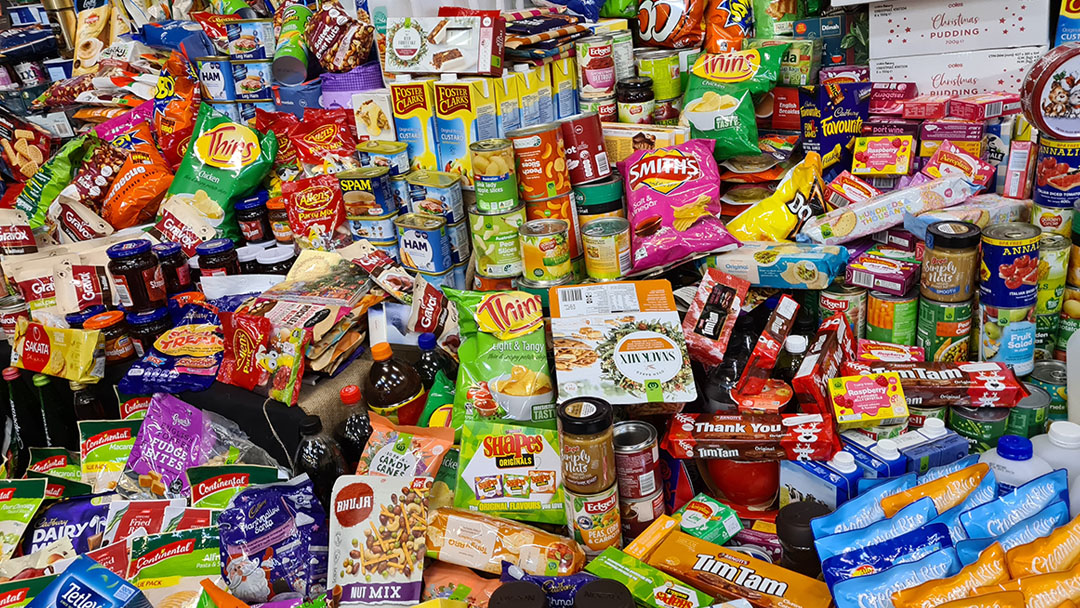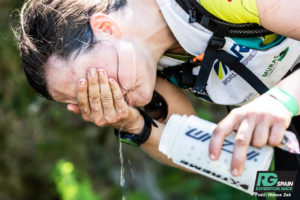Stomach problems can be a huge issue in adventure racing. An adventure race, like every ultra race, is an eating competition. However, almost everyone who has survived any long adventure race has faced digestive problems, even the top world racers.
The challenge is that there are no specific guidelines about what to eat. Everybody is different. That’s why I’m not going to give you a list of suitable foods in this post. Everyone has to discover what works best for them.
What I’d like to do in this post is open a discussion about how to avoid digestive problems during adventure racing.
Why is eating is so challenging during adventure races?
The stomach problems in adventure racing are familiar to me, and I have had many years to think about how to prevent digestive problems during adventure racing. I have studied why energy absorption is disrupted during adventure races and how to best support digestion. Over the years, I’ve tried different approaches and different foods, from salt snacks to energy gels to protein bars.
Read more: How to prepare for an adventure race? Here is what you need to know >>>
Energy intake determines your pace. Stomach pain is problematic because:
- if you have stomach pain, your pace will inevitably be affected,
- without energy, especially carbohydrates, you can’t run fast; your race intensity is lower and decision-making and concentrating become more difficult, which causes many other problems,
- it’s very hard to go on if you are miserable with diarrhea and vomiting, and
- if your energy level is very low, you can feel cold, and you may have symptoms of hypothermia.
Imagine your favorite snack or dessert. During an adventure race, you probably couldn’t eat it even if someone offered it to you. During a race, it is typical for your appetite to be very low, almost zero. You have to force yourself to eat potato chips or candies, and you can forget to eat for hours and hours. And that not good.
Challenge 1: You have to eat all the time
The best way to improve your pace during the race, is get more energy. You need to get enough energy, but it’s impossible. Simply put, you need more energy than you can eat during the race.
According to several research studies, the energy intake during an ultra race is only a small portion of what the racer needs. If you want to boost your race performance, you must eat more.
In long adventure races that last 50 or even 100 hours, you have to take eating to the next level. Gels and candies are not enough, and you also have to eat day and night. The reality is cold instant pasta while you are running at 3am. This is by no means natural to the body, and so it is no wonder that challenges arise.
Challenge 2: Demanding physical performance
The risk for digestive problems increases during any physically demanding performance because the blood circulation is concentrated away from the abdomen. This is the complete opposite of what usually happens when you eat. The more lactic acid you have in your body, the greater the risk of digestive problems. The intense shaking of your stomach while you run also increases the risk.
Challenge 3: What to eat
Eating during an adventure race is not usually fancy. The reality is very rough and ready: softened fruit, wet potato chips, old sandwiches, and warm cheese. You have to pack your food days before you eat it, and during those days, your transition bag may be baking under a hot sun or drowning in heavy rain. Sometimes, you just can’t eat everything you have planned.
How can you solve these problems?

In long adventure races, you have to eat something other than gels and bars. At the beginning of the race, they may be enough, but no one can race for four days eating only gels. Your stomach also needs food mass.
It’s important to note that stomach problems in adventure racing often seem to arrive quickly and unexpectedly, but that is not the case. Usually, you will have some symptoms or challenges before you experience full-blown digestive problems, although you might not recognize them.
Below are some tips on how to prevent digestive problems during an adventure race.
1. Timing: Eat often
During the race, it is important to eat continuously. Eat small amounts of food often, and start eating right away, not after hours of racing.
Transitions are the best time to eat a bit more because you can eat foods that need time to get absorbed in the stomach. One very good time to eat during the race is the transition before kayaking. The pace of kayaking is easy, and your stomach is not shaken the way it is while you are running.
Try to eat when you can be still and calm, sitting or standing, rather than when your heartbeat is fast.
A big risk is an empty stomach and dehydration. Avoid both of them! If you try to eat when your stomach is empty, the risk for cramps is big.
2. Control your pace
Be careful with your pace! Starting too hard can cause problems later. A calm start guarantees that fat metabolism starts.
If your stomach becomes upset, the first thing to do is calm down. This is best done at the earliest possible stage. Anyone who has interrupted a race due to stomach problems knows that when you are finally at rest, your stomach will normalize all by itself.
3. The correlation between eating and hydration
Poor hydration leads to stomach problems because you can absorb energy more efficiently when you are well hydrated. That is why drinking is even more important than eating. Water is easiest to absorb at a temperature of 14–15 degrees. During warm races, the water is often too warm, which can speed up the passage of food and increase the risk of diarrhea. It’s also important to avoid overly sweet drinks. Sometimes liquids just slop around your stomach.
You should pay more attention to drinking when the conditions are hot or cold and also at night. With heat, your water consumption must be high because you are sweating. In cold conditions, on the other hand, you don’t feel as thirsty, which might lead to drinking too little. At night, you might forget to drink.
4. Sweet, yes, but salty, too!
Several sources discuss the importance of electrolyte balance. At its simplest, this means consuming salt. Many people take salt when they have cramps; I eat it myself to absorb energy. If your stomach starts to ache and swell, you can try salt as first aid. Try sea salt, if you like the taste of salt. Also, salt capsules or electrolyte capsules are very good.
There are many types of sugars. In many regular sugar drinks, the sugar is largely fructose, which the stomach is unable to absorb in large amounts. A liter of orange juice can cause diarrhea. Various sugars, short-chain and longer-chain, are added to sports drinks. This theoretically increases the amount of carbohydrate you absorb. I recommend you also drink water. At the beginning of the race, energy drinks are good, but by the third day, you will be dreaming about cold water.

5. Different kinds of food
In a nearly 100-hour race, you should eat both salty and sweet, but above all, real food. Not all food always tastes good, so it’s good to have some options.
Some foods you can try include cheese, salami, olives, crackers, pastries, bananas and dried fruit and nuts. There are no right or wrong foods in adventure racing. You can eat whatever you like!
During the race, it’s wonderful if you can get a bowl of warm soup and some fresh bread somewhere. That is not always possible, but if you have a chance to pick up some fast food during the race, do it. Fifteen minutes of waiting in line might save the whole race.
Last tip
Have you thought about your mouth? Adventure racing is very hard on the mouth, which can become so dry and painful that you can hardly eat. This is because of the sugar you are consuming and the lack of hydration. Try to brush your teeth at least once a day.
I hope you find these tips for how to prevent stomach problems in adventure racing helpful! Sharing is caring!


One thought on “Tips for preparing for adventure racing: How to prevent stomach problems”